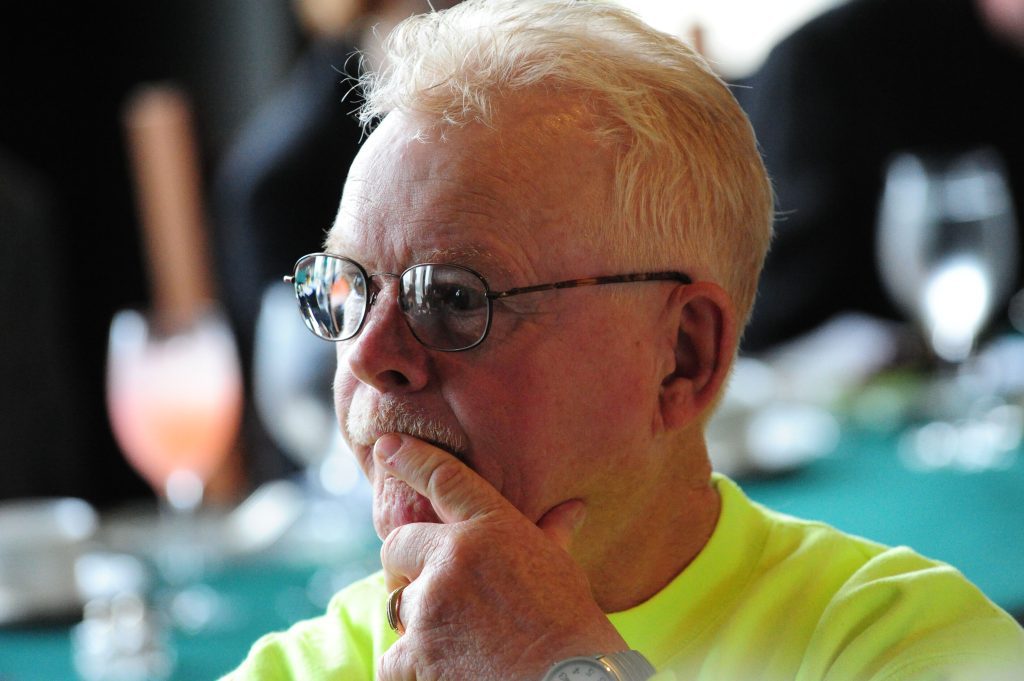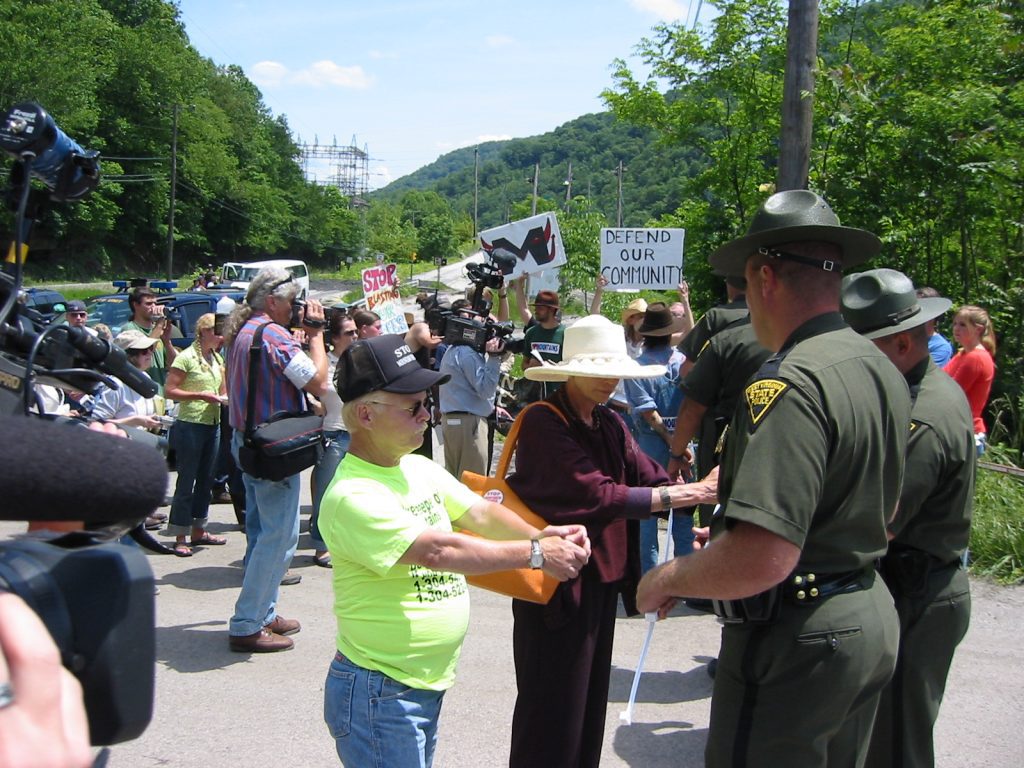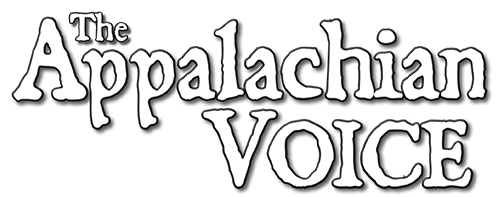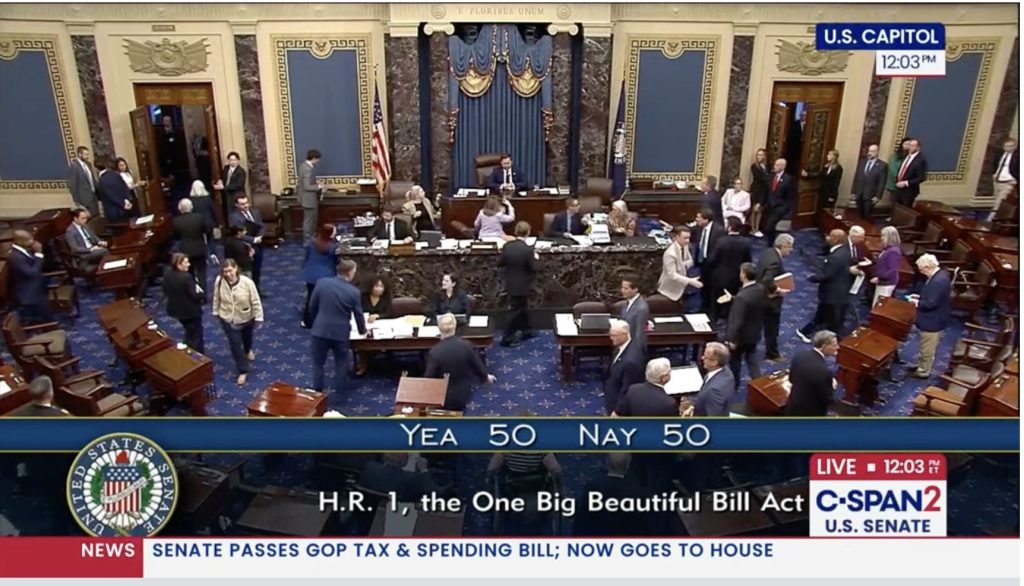Research on Larry Gibson dedicated to the West Virginia & Regional History Center

Late environmentalist’s valiant life chronicled through series of interviews
By Joe Severino
As a child in the 1950s, Larry Gibson fell in love with his grandparents’ home on Kayford Mountain, a long, towering stretch of land between Charleston and Beckley, West Virginia.
He’d spend many days there visiting as he grew up nearby. The vast scenery and closeness to the clouds filled him with joy. But when he was 10 years old, his father moved his family near Cleveland. Having sustained two major injuries working as a coal miner, Gibson’s father picked up work as a janitor in Ohio.
Gibson would live in Ohio for more than 30 years before he also sustained one too many debilitating occupational injuries. His neck and back could not continue to support the automotive manufacturing work he’d been doing at the Youngstown General Motors plant. His pension allowed him to finally retire and return to the Mountain State.
“That’s where he wanted to be. He never fit [in Ohio],” says Marybeth Lorbiecki, an author who interviewed more than 100 people while researching Gibson. “He only wanted to come back to West Virginia.”
Lorbiecki compiled 1,283 pages of research to produce a biography on Gibson that was officially transferred in March to the West Virginia & Regional History Center at West Virginia University. Her research chronicles Gibson’s rise from an unknown working-class man into the international star he’d become for environmental activists.
“A short-form book would have not done justice,” Lorbiecki says. “It would be a disservice to those who shared their words with me.”
So Lorbiecki and Allen Johnson, co-founder of the Central Appalachian network Christians for the Mountains, sought to find a home for this research where any member of the public could browse through these interviews. Johnson spoke with Gibson near the end of his life, and says Gibson hoped to have his life story told in some form because he wanted the history of their movement to be compiled and publicly documented.
“The marches, the rallies, the ups and downs that happened — it’s a resource for anyone who wants to know more about Larry [and his movement],” Johnson says.
Gibson would become famous following his refusal to sell his family’s Kayford Mountain property even as mining companies bought and blew up every parcel of land around him. In 2006, 30% of the coal mined in West Virginia came via mountaintop removal, a particularly destructive form of coal extraction that still happens today. Eventually, Gibson’s property remained the only green splash in a sea of gray and faded brown.
Raising public awareness about the environmental and public health horrors associated with mountaintop removal would become Gibson’s greatest accomplishment, according to Dana Kuhnline, an activist who worked with Gibson starting in 2005 until his passing, and is now the program director at ReImagine Appalachia.
“We were really trying to hit on all points, but what Larry did — it was really about telling the story,” Kuhnline says.
Kayford Mountain is only about 40 minutes from the state capital of Charleston, a proximity that made Gibson’s home so crucial to the fight. Nowhere in America could you see the devastation more clearly than atop Kayford. While mountaintop removal looked rough from ground level, it could not compare to the flattened landscape viewable from Gibson’s property.
“It was called Hell’s Gate,” Lorbiecki says. “He made it an outdoor theater of sorts. It shocked people.”
Advocates estimated Gibson invited over more than 10,000 people — public, journalists, advocates and celebrities — to his property over the years.
Many mining families and communities expressed vitriol toward Gibson and his fellow advocates as they perceived their fight as a means to put their family out of work. This hostility toward Gibson did not slow his fight, according to Kuhnline, and it did not dampen the light he’d become to the younger generation of environmental activists.

As a young advocate from the rural Midwest, Kuhnline was searching for opportunities to get involved when she met Gibson.
“The work that we did at the time was really difficult,” says Kuhnline. “It was really emotional. It was hard. People were getting sick and places were getting destroyed.”
But they still worked to stop mountaintop removal by any means — through state and federal legislation, filing court motions, appealing with permitting offices and questioning mine inspectors — really anything that would stick, Kuhnline describes.
Gibson was especially skilled at talking with blue-collar workers, according to Kuhnline, which was critical to building some support among the local communities. What meant a lot to regular people, she explains, was that Gibson treated his neighbors the same way he’d treat the celebrities who’d visit Kayford Mountain. His morals also never wavered in the face of intense pushback.
“He expected a lot from folks, [but] he expected the most from himself,” Kuhnline says. “He was very hard on himself, even to the point where he compromised his own health.”
Gibson died at age 66 in 2012.
“He didn’t care about the odds. He cared that it was wrong,” Kuhnline says. “And as long as he was able to, if he saw that wrong, he was going to call it out.”
Kuhnline says she often thinks of the “humble, spirited, joyful, funny, fearless individual” who embodied a conviction not often seen today. One lesson he’d teach her in those years was to find the joy and humility in the work, even if you had to dig really deep.
“Just because the work is serious doesn’t mean that you have to be,” she says.
Members of the public can access the Larry Gibson collection at West Virginia University’s West Virginia & Regional History Center in Morgantown.
Related Articles
Latest News
More Stories

Leave a comment
Your email address will not be published. Required fields are marked *


![“[There are] still a lot of individuals who need support, especially here in Green Cove, Whitetop, Konnarock — those are the communities up on the mountain,” says Little. “We were a part of Damascus, but because we are on the mountain outside of Damascus, a lot of the resources and help have not made their way here.” Photo by Jimmy Davidson.](https://appvoices.org/wp-content/uploads/2025/07/Virginia_Creeper_Trail_JMDavidson-32-1024x768.jpg)
